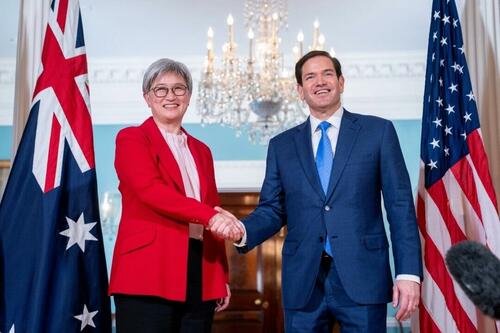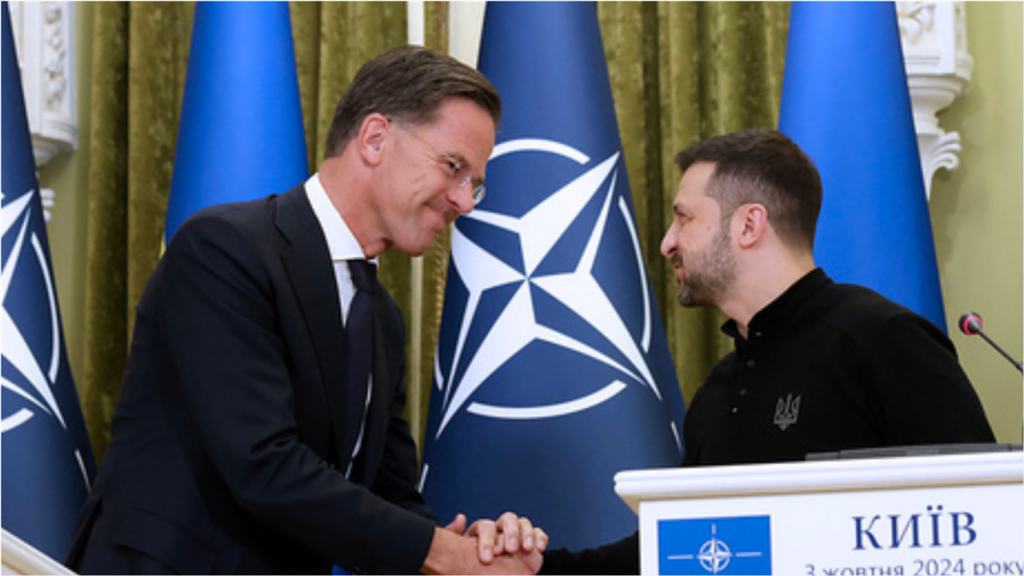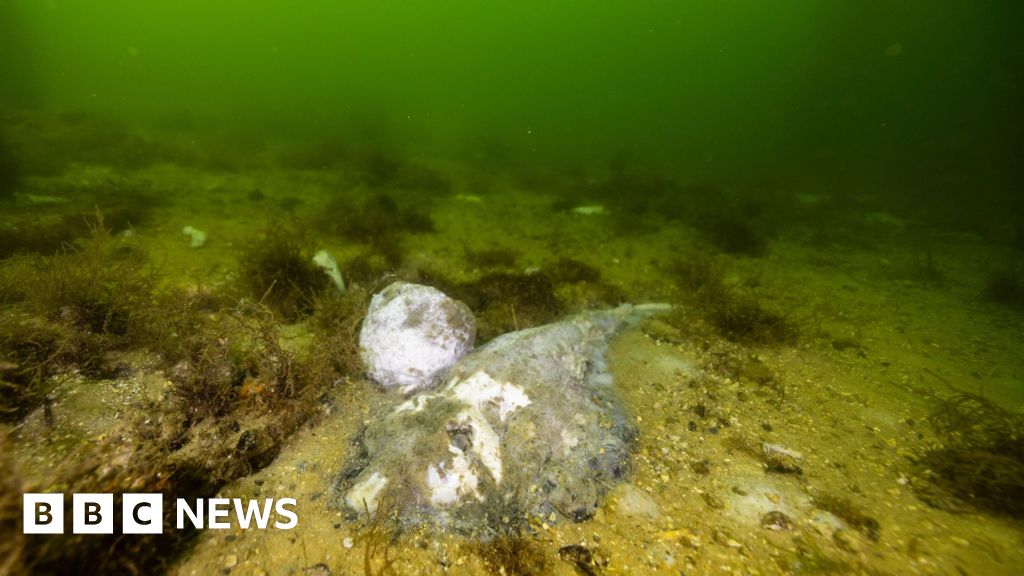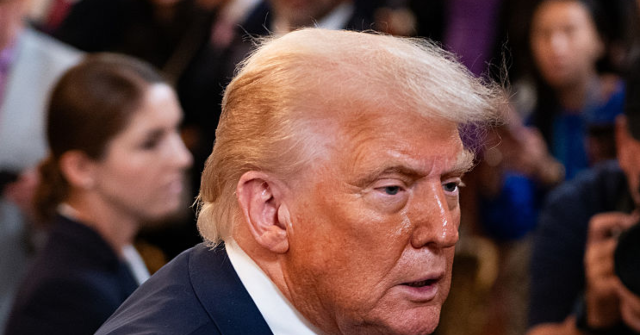Australia Touted As Future Weapons Supplier For US Under $21 Billion Plan: Report

Authored by Cindy Li via The Epoch Times,
Australia could become a supplier of weapons and munitions for the United States under a new radical proposal designed to better equip the world’s largest military to deal with any threat in the Indo-Pacific.
The Guided Weapons and Explosive Ordnance (GWEO) Enterprise, developed in partnership with the United States, is geared towards building local production facilities for missiles and munitions in Australia.
Launched in 2021, the project is backed by a government commitment of $16–21 billion over the next decade.
Despite some progress—including the release of the Australian government’s GWEO Plan in late 2024—the project still faces obstacles.
As a result, its growth has not kept pace with the region’s worsening security situation, according to the new report titled, “Partnering for forward deterrence in the Indo-Pacific: Overcoming barriers to U.S.-Australia cooperation on Australia’s GWEO Enterprise,” by the University of Sydney’s U.S. Studies Center.
Recommendations for US and Australia
The report, led by Dr Cynthia R. Cook, a senior fellow at the Center for Strategic and International Studies, urges the U.S. government to recognise the value of putting more resources into the GWEO.
The report suggests it could be “a potentially important solution to U.S. munitions shortfalls”—not by replacing the American industrial base, but by expanding it and incorporating Australia into it
For Australia, such a scheme could build U.S. confidence in Australian strategic and industrial capabilities, and advance regulatory reform.
The report also highlights the need to map out the munitions supply chain and identify its weaknesses for this to work.
‘America First’ Means Closer Integration With Allies: Analyst
Mark Cao, a military and aerospace commentator, known for the channel Mark Space, believes the integration is feasible, pointing to the February meeting between U.S. Secretary of Defense Pete Hegseth and Australian Defence Minister Richard Marles.
The two highlighted defence industrial cooperation on munitions as a key opportunity for strengthening bilateral ties.
“Since Australia’s weapons systems are highly dependent on U.S. technology, the GWEO program is largely based on joint ventures with American defence contractors to produce the required guided weapons domestically,” he told The Epoch Times.
As part of this initiative, the Australian government has signed a A$37.4 million contract with Lockheed Martin Australia to commence local production of Guided Multiple Launch Rocket System missiles in 2025.
The government also plans to invest A$60 million over the next five years to develop hypersonic and long-range strike capabilities.
Furthermore, A$22 million will be allocated over the next three years to seek industry options for establishing a rocket motor manufacturing facility.
Test fire of a development Joint Strike Missile on the US Air Forces F-35 Joint Strike Fighter. Courtesy of Kongsberg Defence Australia and the Australian Department of Defence.
Cao also approves the report’s call for the White House to recognise GWEO as a key way to address U.S. munitions shortfalls.
“Although the United States currently champions the slogan of ‘America First,’ it has in fact strengthened cooperation with its allies when it comes to ensuring the combat readiness of its military,” he said.
“For example, to accelerate the maintenance and servicing of U.S. Navy warships, the U.S. has commissioned shipyards in South Korea and Japan to assist with repairs and has even asked South Korean shipbuilders to help train skilled workers.
“In order to speed up the delivery of 155 millimetre artillery shells to Ukraine, the U.S. first drew from stockpiles held by U.S. forces stationed in South Korea, then purchased shells from South Korea to replenish its own reserves.”
The military commentator noted that the Russia-Ukraine war has long turned into a protracted war of attrition. Coupled with nearly two years of ongoing conflict in the Middle East, it has significantly depleted the U.S. military’s readiness stockpiles.
“As a key U.S. ally, Australia’s GWEO program largely operates in partnership with American defence contractors to produce U.S.-standard weapons. If production is limited to the domestic Australian market, output would be small and costs would rise,” he wrote.
“However, by integrating into the U.S. military supply chain, Australia can both help boost U.S. ammunition supplies and reduce per-unit costs — a mutually beneficial outcome for both countries.”
US Scepticism an Issue
Carl Schuster, former director of operations at U.S. Pacific Command’s Joint Intelligence Center, was more cautious.
“Unfortunately, America’s politicians and military industrial see all bilateral and multilateral projects as a loss for U.S. industry,” he told The Epoch Times in an email.
Schuster argued for an exception in this case, noting that Australia has stood by the United States in every conflict since World War I.
“No other ally has been that loyal or reliable,” he wrote. “Moreover, U.S. industry lacks the employee base to expand at the pace required to be ready in this decade.”
“We need and can rely on Australia. The challenge is to identify a convincing political-economic vision in both countries. That means the U.S. and Australian leaders must negotiate a division of labor and the funding to achieve it.”
Australia’s Minister of Defence Richard Marles (C) and Minister of Defence Industry and Capability Delivery Pat Conroy (R) announce the accelerated delivery of Australia’s first High Mobility Artillery Rocket System (HIMARS) at the Australian International Airshow in Avalon on March 24, 2025. Australia’s army has received its first delivery of a “game changer” mobile long-range US rocket system, the government said on March 24. William West/AFP via Getty Images
Schuster, an instructor at the Department of History in Hawaii Pacific University, noted the report’s did not account for ongoing scepticism towards the U.S.-Australia relationship.
“Much of that is driven by America’s poor strategic decisions of the last 20 years (invading Iraq, U.S. policies in Afghanistan that proved a costly failure) and the Obama administration’s deliberate ignoring of the Indo-Pacific until the final two year of his administration,” he said, adding that in the last two years of the Obama administration, efforts were more statistical (decommissioning units in Europe) than real (no new resources were transferred to the Pacific).
In addition, there was the policy inconsistency.
“The constant changing of policies between consecutive administrations tends to breed distrust and diminish any desire to enter long-term agreements.”
Overall, Schuster concluded that the GWEO initiative is good and necessary for both countries, while suggesting closer integration with Japan and South Korea.
“Japanese warships are built with the Indo-Pacific in mind, while European warship designs tend to optimise their designs for operations in the Atlantic and Mediterranean.”
Loading…















